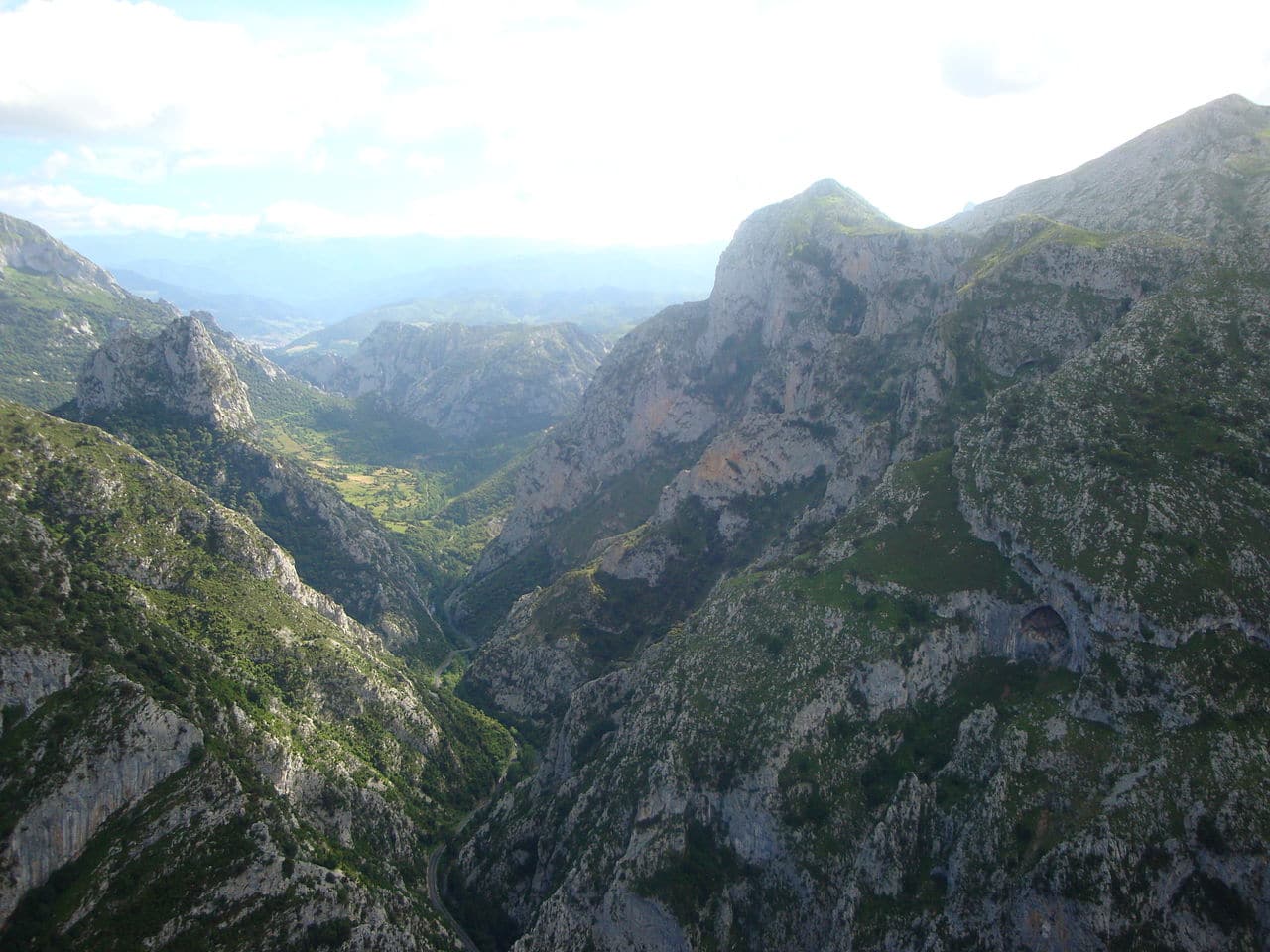
La Hermida Gorge
The La Hermida gorge is one of the natural wonders offered by the Picos de Europa. It is made up of a set of gorges that lead to the main one, which in turn is the Deva riverbed. It is a huge hollow of limestone rock walls that, in some points, reach XNUMX meters of altitude.
It stretches for twenty-one kilometers, which makes it the gorge longer all Spain. It joins the Asturian town of Panes with the Cantabrian of Jars through the national highway 621. And it constitutes an impressive natural environment that, among other things, has been declared Place of Community Importance y Special Protection Area for Birds (ZEPA). If you want to know the La Hermida gorge, we invite you to explore it with us.
What to see in the La Hermida gorge
The first thing that stands out in this gorge is the imposing and wonderful natural environment that you configure. Cork oaks, holm oaks, beeches and oaks grow in the gorge. Likewise, it houses a unique fauna in which chamois and even the occasional brown bear stand out. But above all, it is an important ecosystem for eagles and vultures of the bearded vulture subspecies.
The viewpoints
Throughout the La Hermida gorge there are many viewpoints that provide you with impressive views of the Cantabrian Mountains. Stand out among them the one of Santa Catalina, very close to which you can see the remains of the call Bowling alley of the Moors, an ancient Moorish fortress from the XNUMXth century. And also that of Castro Verdeja, located in the town of Linares.
The via ferrata
If you like adventure, you should know that in the gorge is the via ferrata of La Hermida, which is one of the first to be created in Cantabria. Its Tibetan bridges are not suitable for everyone, as they are suspended between high mountains. Next to one of them you will find stairs that go down to the height of the Deva river.
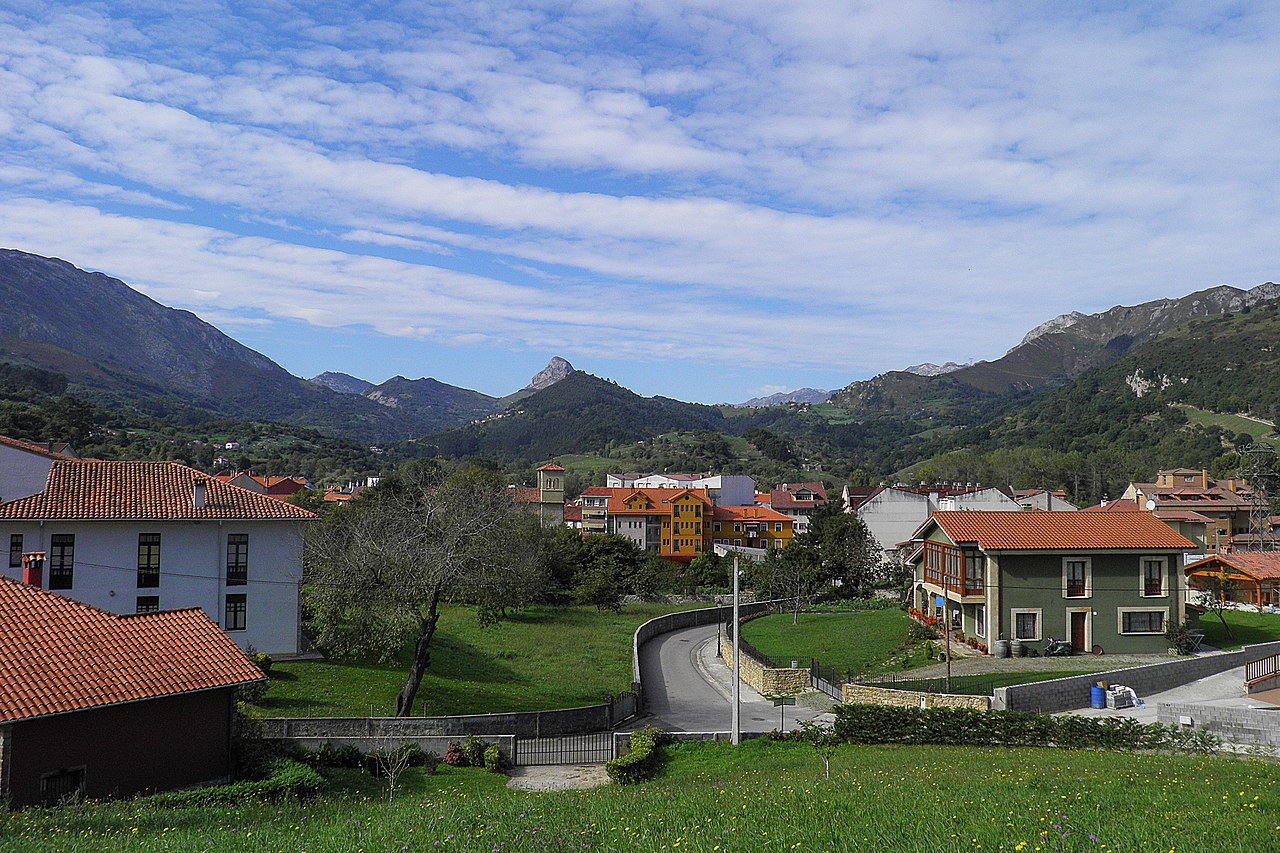
Panes
The pools that make up this have enjoyed fame since ancient times. They are full of hot springs that flow at about sixty degrees centigrade. In fact, until the 2006s there was a very successful spa in the area that was refurbished and reopened in XNUMX.
On the other hand, although it may seem strange due to the orography, you can also enjoy monuments in the La Hermida gorge. You can visit them in the towns that are in it. Let's also get to know them.
The villages of the Hermida gorge
If you travel the gorge in a north-south direction, you can find several towns. Not all are in the riverbed Deva, some extend along the slopes that frame it, but they are all very pretty towns.
Unquera
This town is the entrance from the coast to the La Hermida gorge, as well as the first town in Cantabria after leaving Asturias. Its greatest attraction is Tina Mayor estuary, an estuary where the Deva flows into the Cantabrian Sea. At one end is the Cape of San Emeterio, where there is a lighthouse that seems to be about to fall into the sea due to the steepness of the terrain where it is located. Already in the locality, you have a historic helmet formed by typical houses of the Santander coast.
Panes
Capital of the Asturian council of Peñamellera Baja It is one of the favorite destinations for mountaineers. For this reason, in recent years it has been developed through adventure tourism. You can also see in this town the palace of San Román, a traditional architectural complex that was built in the seventeenth century and is composed of a rural house and a free-standing chapel.
It is not the only palace in the municipality. On Abandames you have the one from Palenque y the one from La Cajiga. But more important is the cave of La Loja, an underground gallery of about a hundred meters where there are Paleolithic cave paintings.
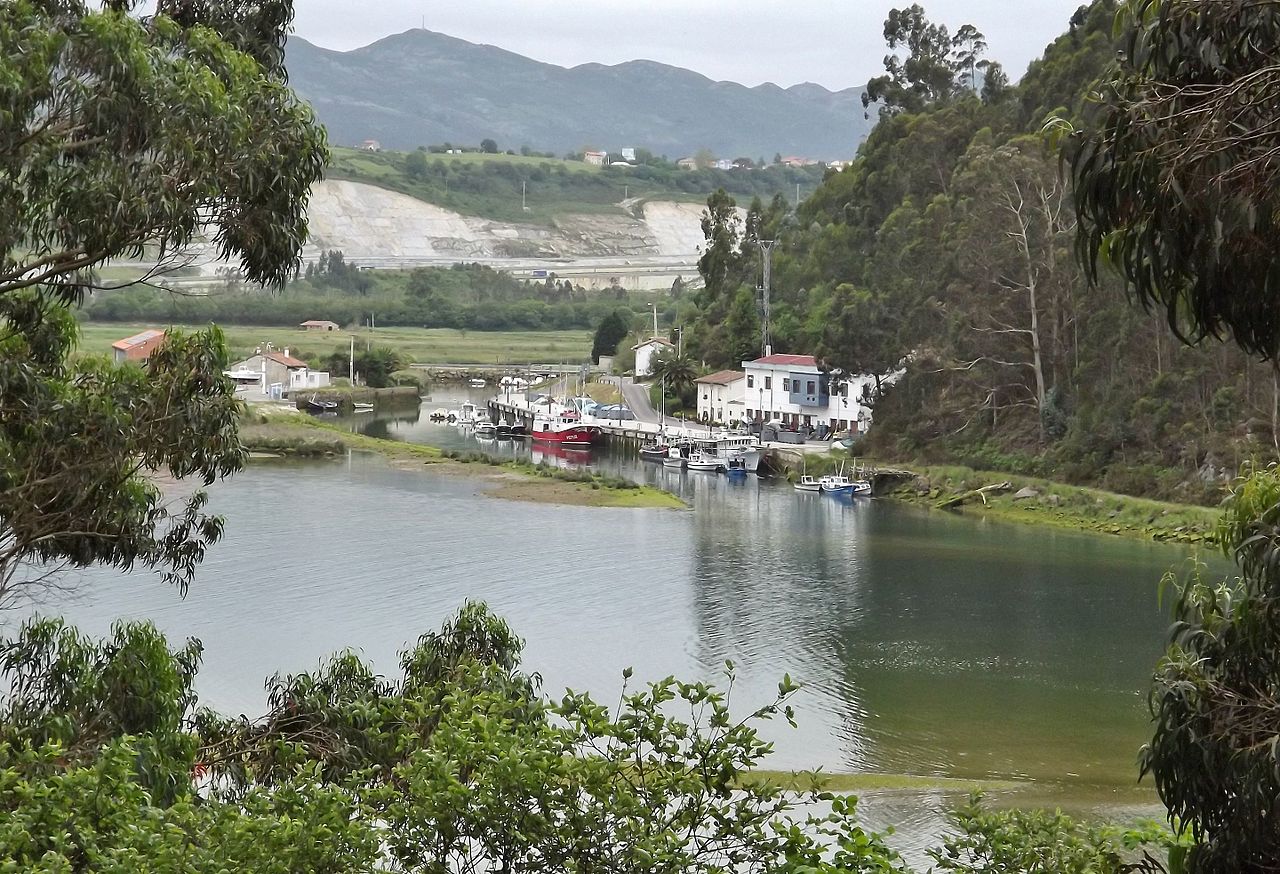
Tina Mayor estuary
The Hermida
The town that gives its name to the gorge belongs to the Cantabrian municipality of Penarrubia. In La Hermida you have to see the parish church, built in 1970 but with a beautiful modernist style. In addition, inside it houses an effigy of La Dolorosa from the XNUMXth century. You can also visit the hermitage of San Pelayo, which is almost eight centuries old and the Spa of hot springs that we told you about earlier. It is located in a XNUMXth century building.
Caldas
Located in the same council of Peñarrubia, this small town has the hermitage of San Pedro, of Romanesque style and that houses several carvings. Among these, stands out that of San Pablo, which responds to the Gothic-Flemish of the XNUMXth century and is polychrome.
Linares
Capital of the council of Peñarrubia, it is located on a hill that dominates the La Hermida gorge. From this town you can go up to Virdiu de Treslajorá peak, of almost twelve hundred meters, and, continuing up the mountain, you will reach the Gamonal, of almost thirteen hundred.
In Linares, you can also see the church of San Andrés, which includes remains of another Romanesque, and the pontoon tower, a XNUMXth century crenellated building that is A Cultural since 1992. The latter belonged to the so-called defensive towers of Cantabria, built as protection by the noble families of the area and of great influence in the development of the mountain architecture later.
Lebena
On our journey through the Hermida gorge, we reached Lebeña, the access point to the gorge from the south. In this small town of barely a hundred inhabitants, there is a jewel of the pre-Romanesque: the church of Santa Maria, which is also A Cultural.
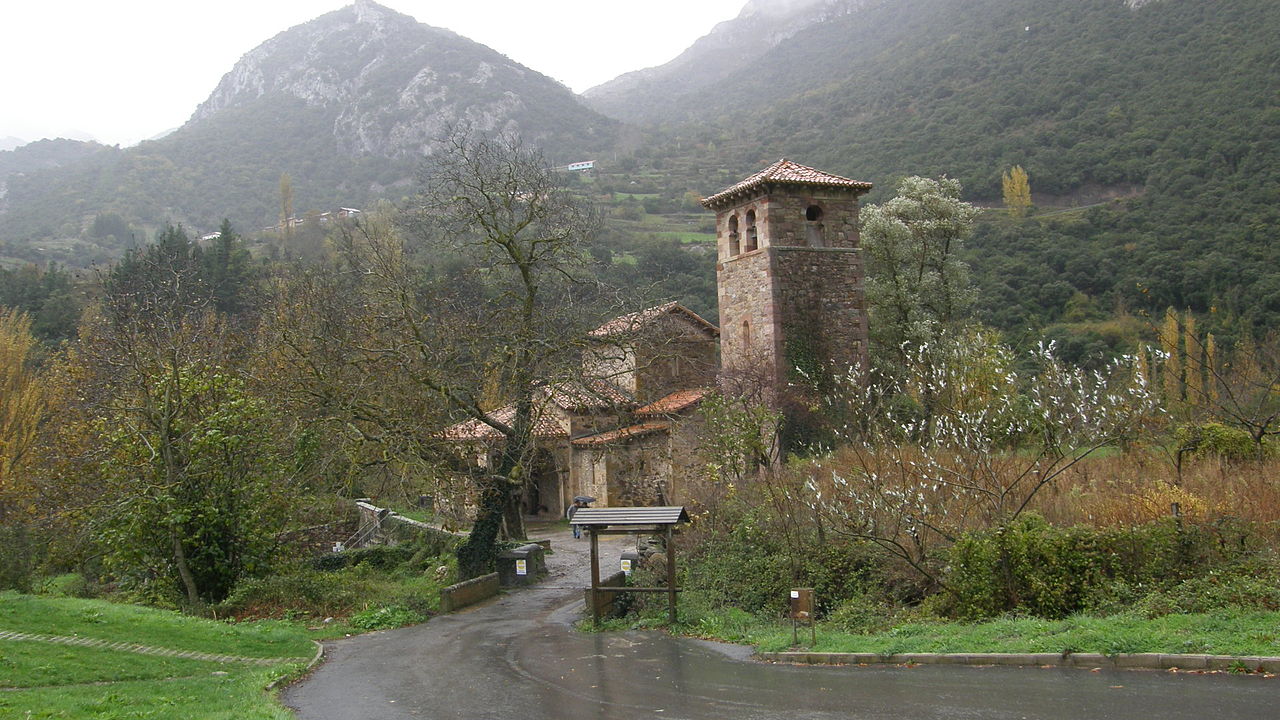
Santa Maria de Lebeña
The temple responds more specifically to what today is called the art of repopulation and was previously called mozarabic. In other words, the architectural style developed between the XNUMXth and XNUMXth centuries in the areas where the Christians settled as they advanced to the south of the Iberian Peninsula.
Thus, it has a basilica plan with three naves with a headboard formed by as many apsidal chapels separated by semicircular arches. But more unique is the fact that it is the first in Spain in which the so-called cruciform composite pillar.
It also highlights its baroque main altarpiece, in polychrome wood and with the image of the Virgin of Bethlehem, a Spanish-Flemish carving from the XNUMXth century. In the chapels, you also have two smaller Renaissance-style altarpieces. Next to the church, there was a yew known as that of Lebeña which was one of the oldest in all of Cantabria. Unfortunately, it fell a few years ago.
Jars
Although this Cantabrian town is not strictly in the La Hermida gorge, it is essential that you visit it if you go through the area. Because it is a true wonder. To begin with, the entire villa has category of Historical set through neighborhoods like those of the Solana o Sun, with its cobbled streets that run under arches.
Also, you must see the Infantado tower, a XNUMXth century fortification that belonged to Íñigo López de Mendoza, the famous medieval poet better known as Marquis of Santillana. It is an ashlar construction with ashlar reinforcement finished in a continuous barbican crowned by battlements. Since 1985 it is A Cultural.
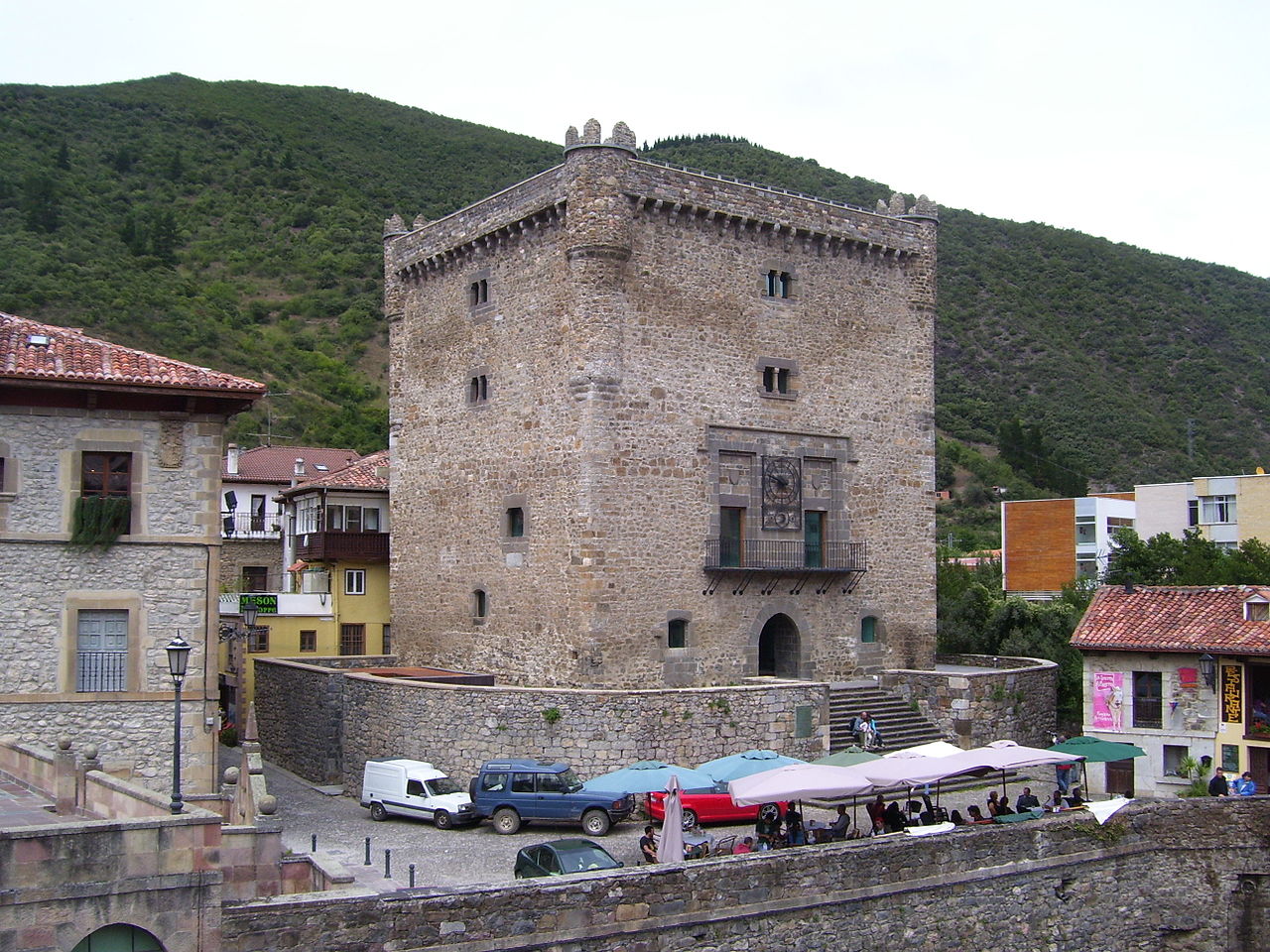
Infantado Tower
You should also visit the church of San Vicente, which was built between the fourteenth and eighteenth centuries and, therefore, is a compendium of Gothic, Renaissance and Baroque styles. It has also received an asset rating, where appropriate, Historic Artistic Monument.
Finally, in the neighbor Source of there is the cableway that goes up to the Cable viewpoint. If you want to have an unbeatable view of the Liébana valley in particular and the Picos de Europa in general, you must go up to this observatory.
For walkers there are numerous routes that lead to him. And, for those less accustomed to walking, there is the cable car itself, which overcomes a drop of almost half a mile in just three minutes. However, if you take into account that the base is a thousand meters away, you will deduce that the aforementioned viewpoint of the Cable is located one thousand eight hundred. Imagine the pictures that you can get from this observatory.
As you can see, its many natural and architectural wonders that offers you the gorge of La Hermida and the towns that mark it. But, in addition, the area stands out for having a magnificent gastronomy. And after so much visit, you will want to eat something.
What to eat in the villages of the Hermida gorge
One of the typical products of the area are the exquisite trout from the river Deva. In fact, in Lebeña there is an important trout preserve and even in the gorge there is a monument to this fish. But the salmon.
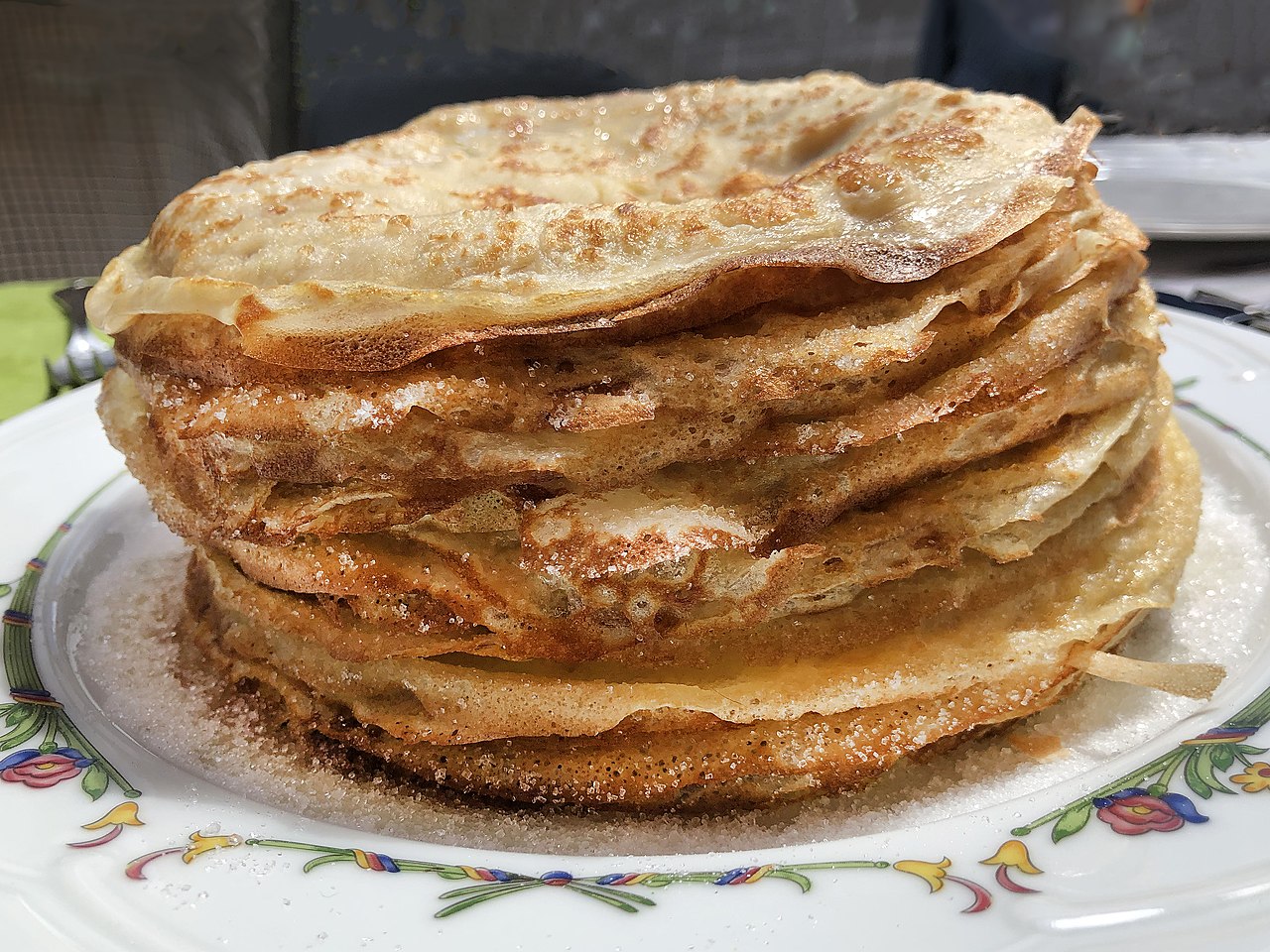
frisuelos
Likewise, the towns of the La Hermida gorge stand out for their variety of cheeses. For example, in Panes the famous Monk cheese, made with cow's milk. More fame still have the Picón Tresviso-Vejes and smoked by Áliva.
As for the typical dishes, the borones or bread stuffed with blood and pork fat, onion, parsley and salt. But above all, we must not forget that Potes, located at one end of the La Hermida gorge, belongs to the district of Liébana, which has been declared of gastronomic excellence.
Therefore, on your visit to the gorge you have to try the exquisite lebaniego stew, which is made like the mountain but substituting beans for chickpeas grown in the gardens of the area. Regarding meats, both beef, lamb or kid and game stand out, especially from wild pig and deer. In addition, the Sausages, among which stands out a blood sausage that is made in a special way.
Finally, regarding the sweet, the miel of the area. Likewise, you can take a curd or a curd. All this without forgetting the no less popular and tasty ties of Unquera as well as the friesuelos of Liébana. And to finish such a delicious meal, you have the call harbor tea and a magnificent sweet wine that the natives call toast or a no less excellent pomace.
In fact, Potes holds a festival dedicated to this drink every year. The Orujo Festival It takes place on the second weekend of November, with prizes for the "older orujeros" and the lighting of the Alquitaras where this liquor is distilled. The celebration was declared in 2012 National Tourist Interest.
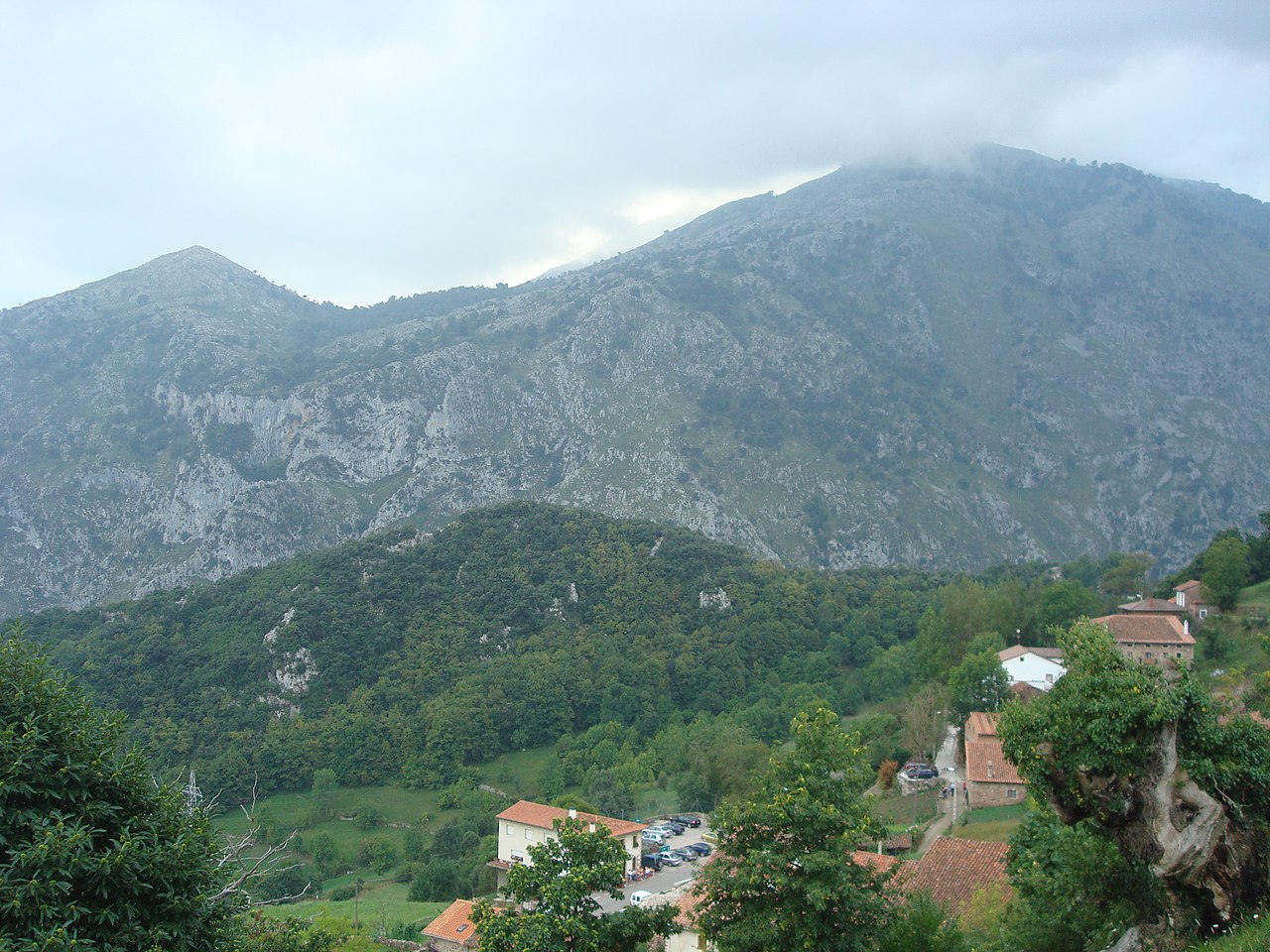
Linares and the Picos de Europa
How to get to the Hermida gorge
The only way to get to this area of the Picos de Europa is by road. To get to Panes from Asturias, you must circulate on the Cantabrian highway or highway A-8. At the height of Unquera, you have to turn off by the N-621 that will take you directly to the capital of Peñamellera Baja.
You can follow a different route to get to Lebeña or Potes from Cantabria. However, you will travel through county roads in worse condition. Therefore, our recommendation is that you also go to Unquera and there you deviate by the same N-621. Continuing along this, after passing both Panes and the La Hermida gorge itself, you will reach Lebena and then to Jars. The road is in better condition and is a more direct route.
In conclusion, if you are looking for a place that offers you Wonderful views of a wild and imposing nature, hidden and unexpected monuments that will surprise you and a gastronomy Consistent and delicious, your destination is the La Hermida gorge, in the part of the Picos de Europa that forms the natural border between Asturias and Cantabria.